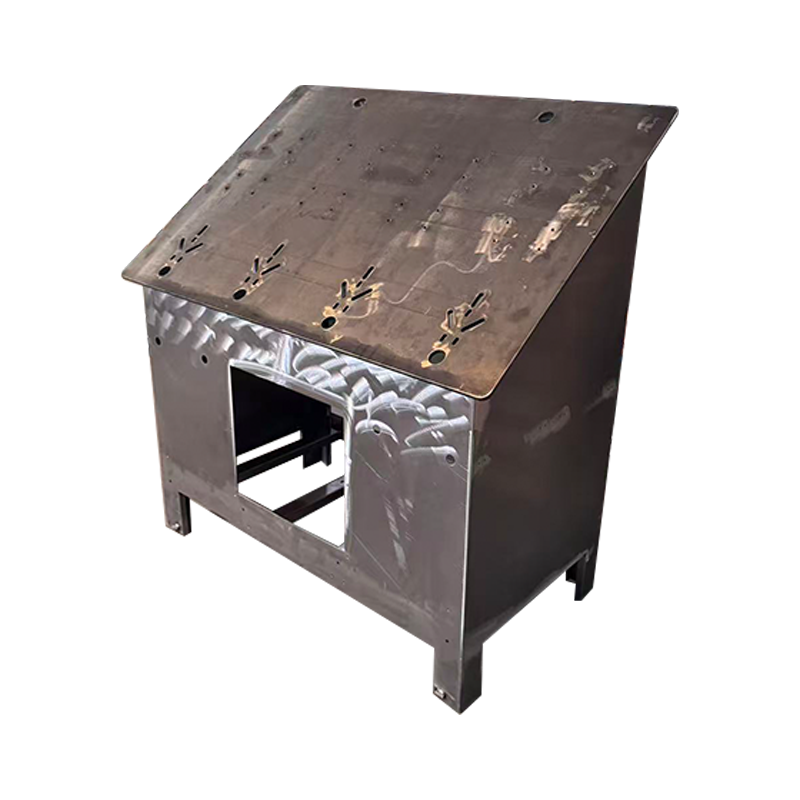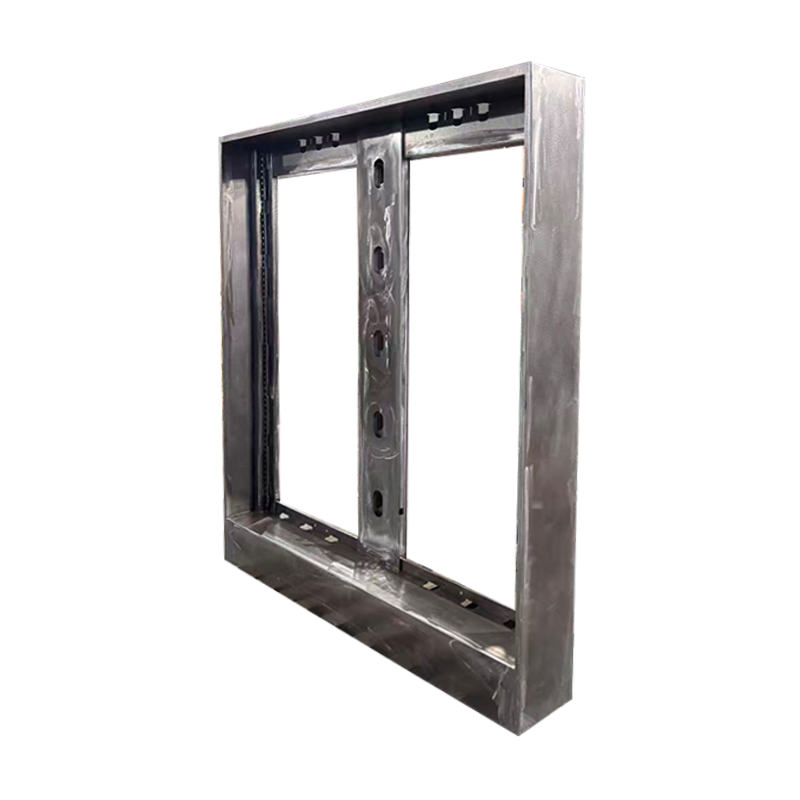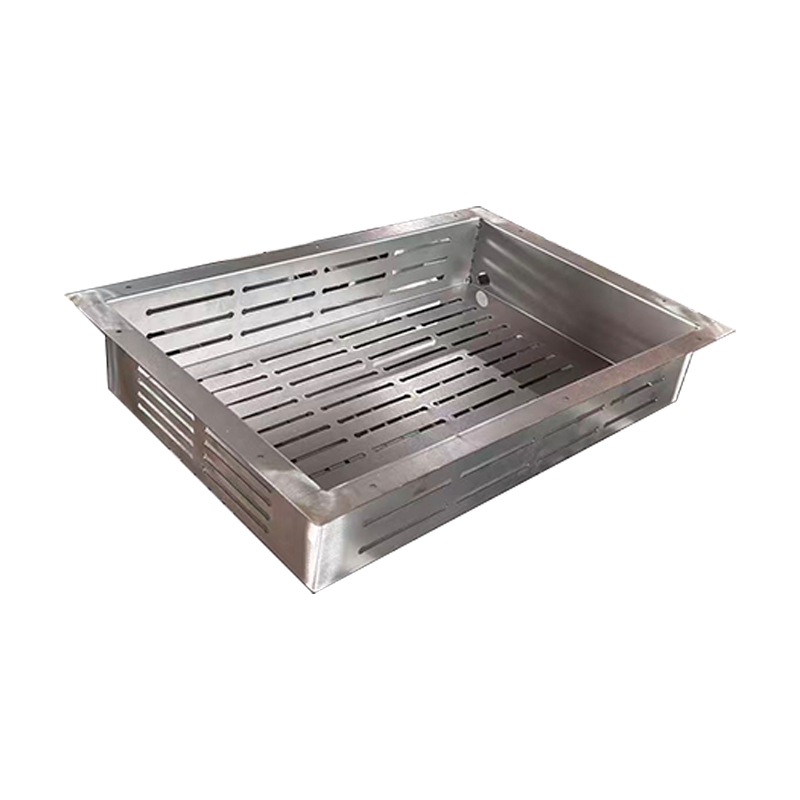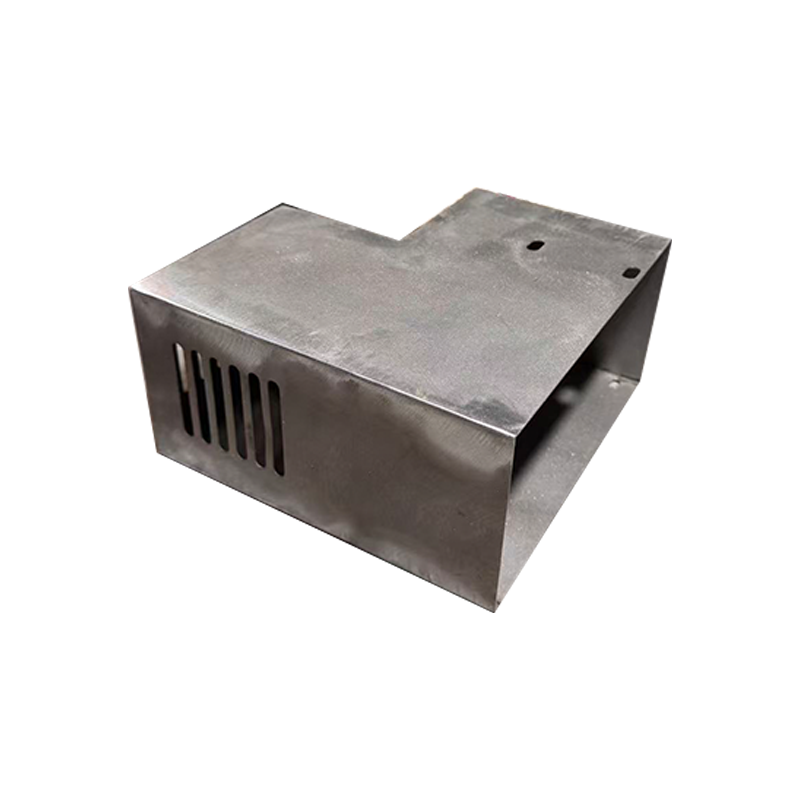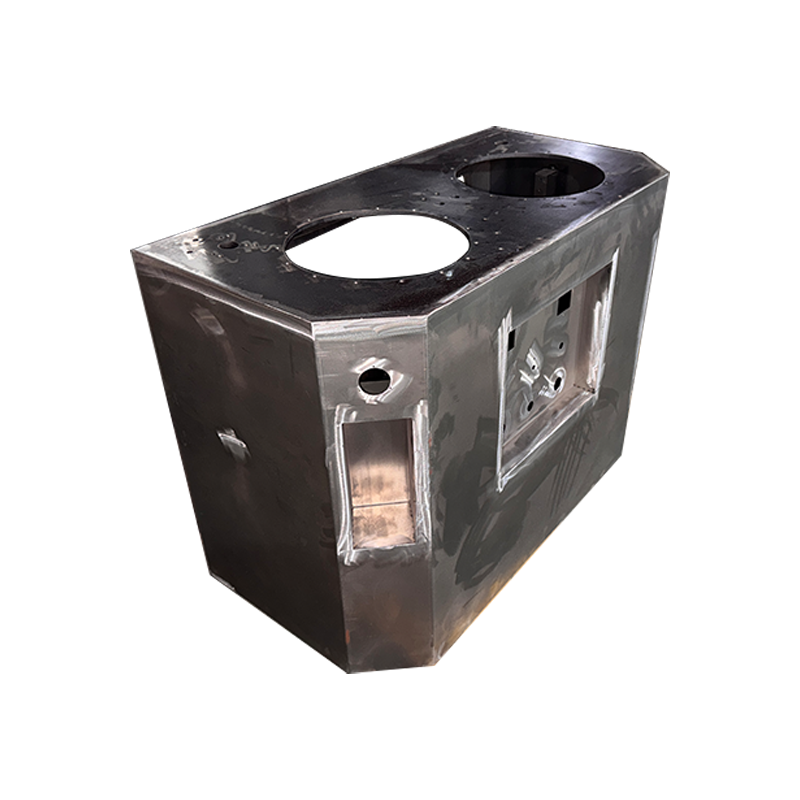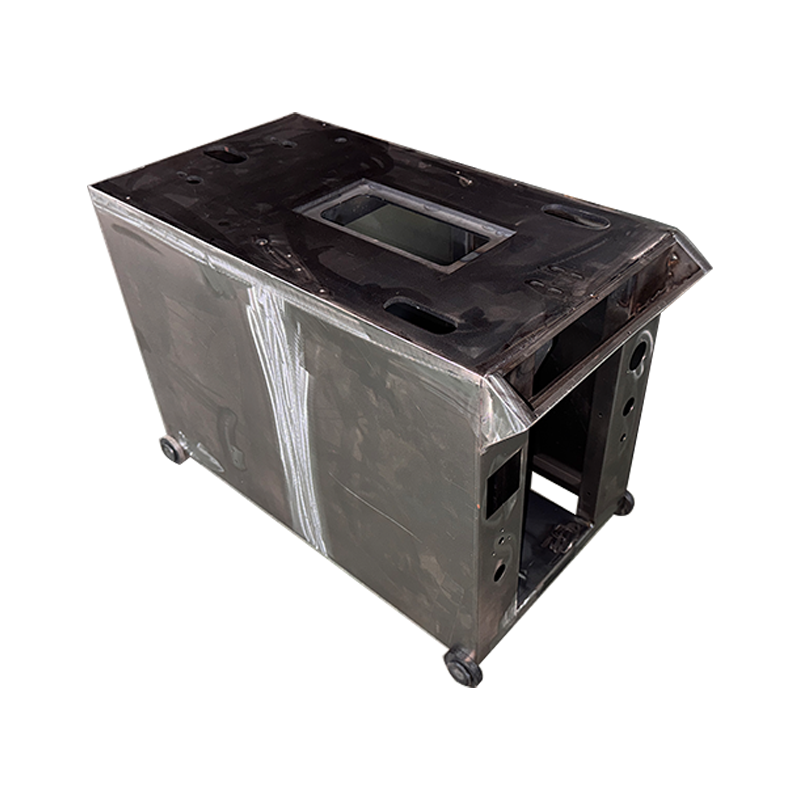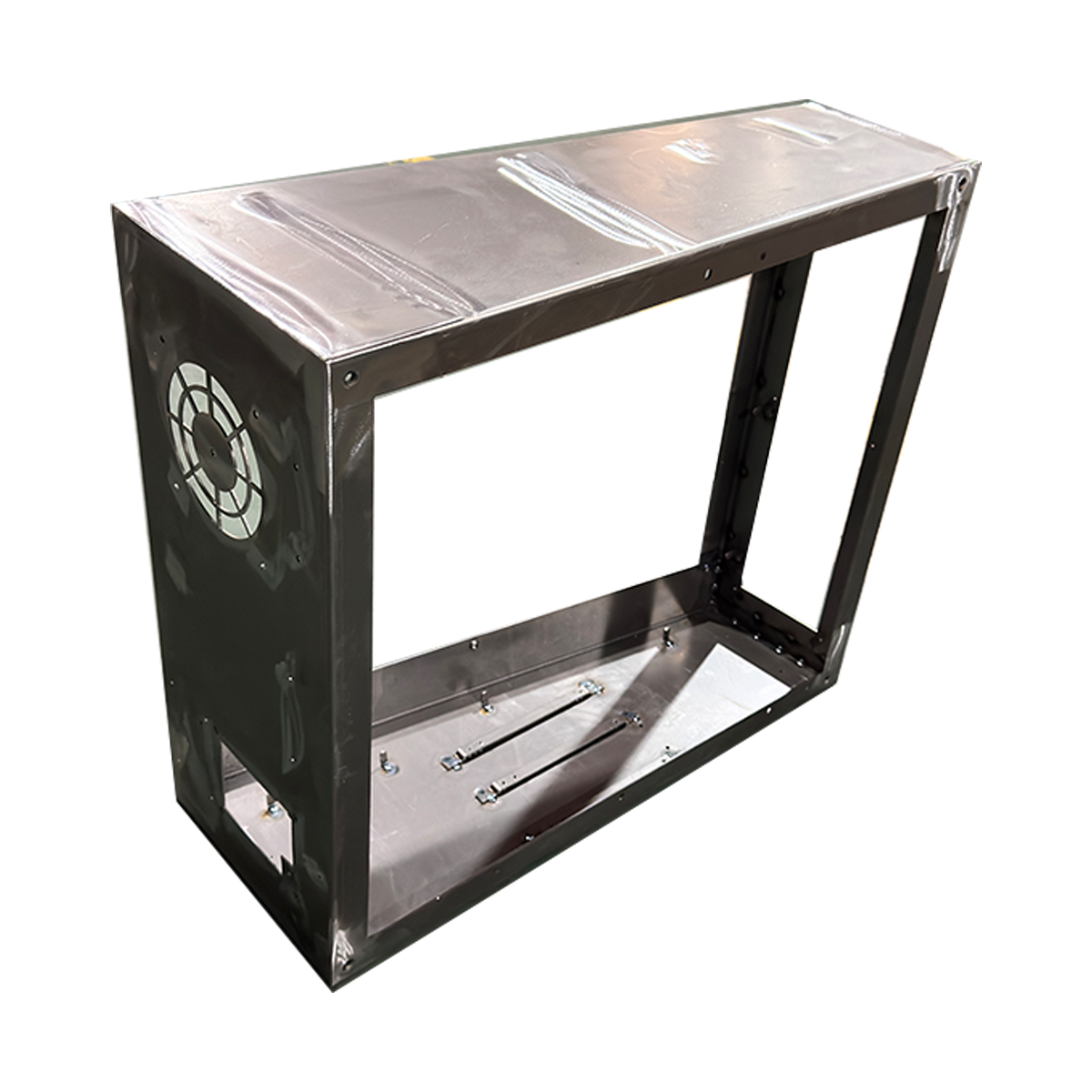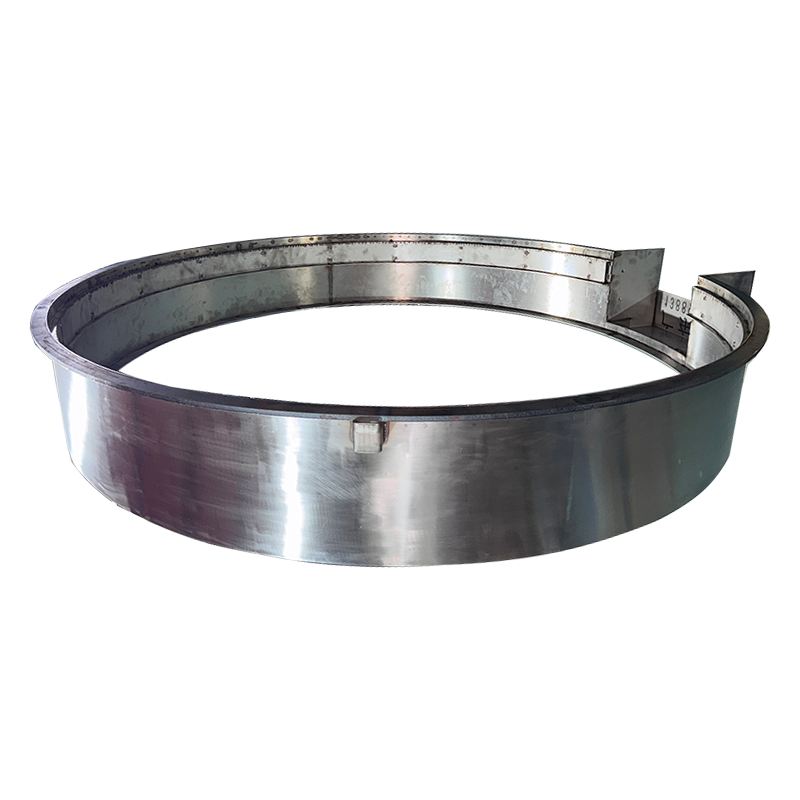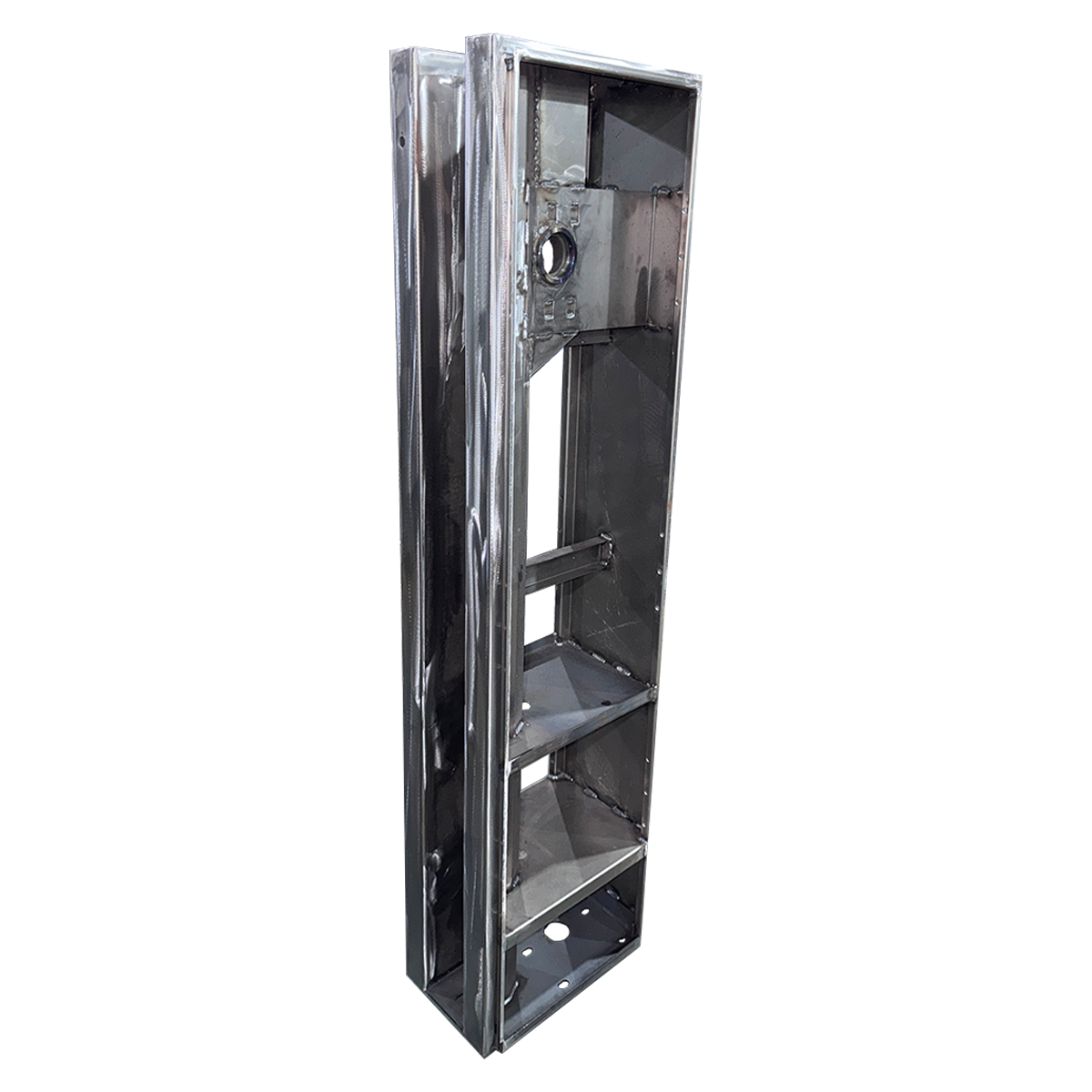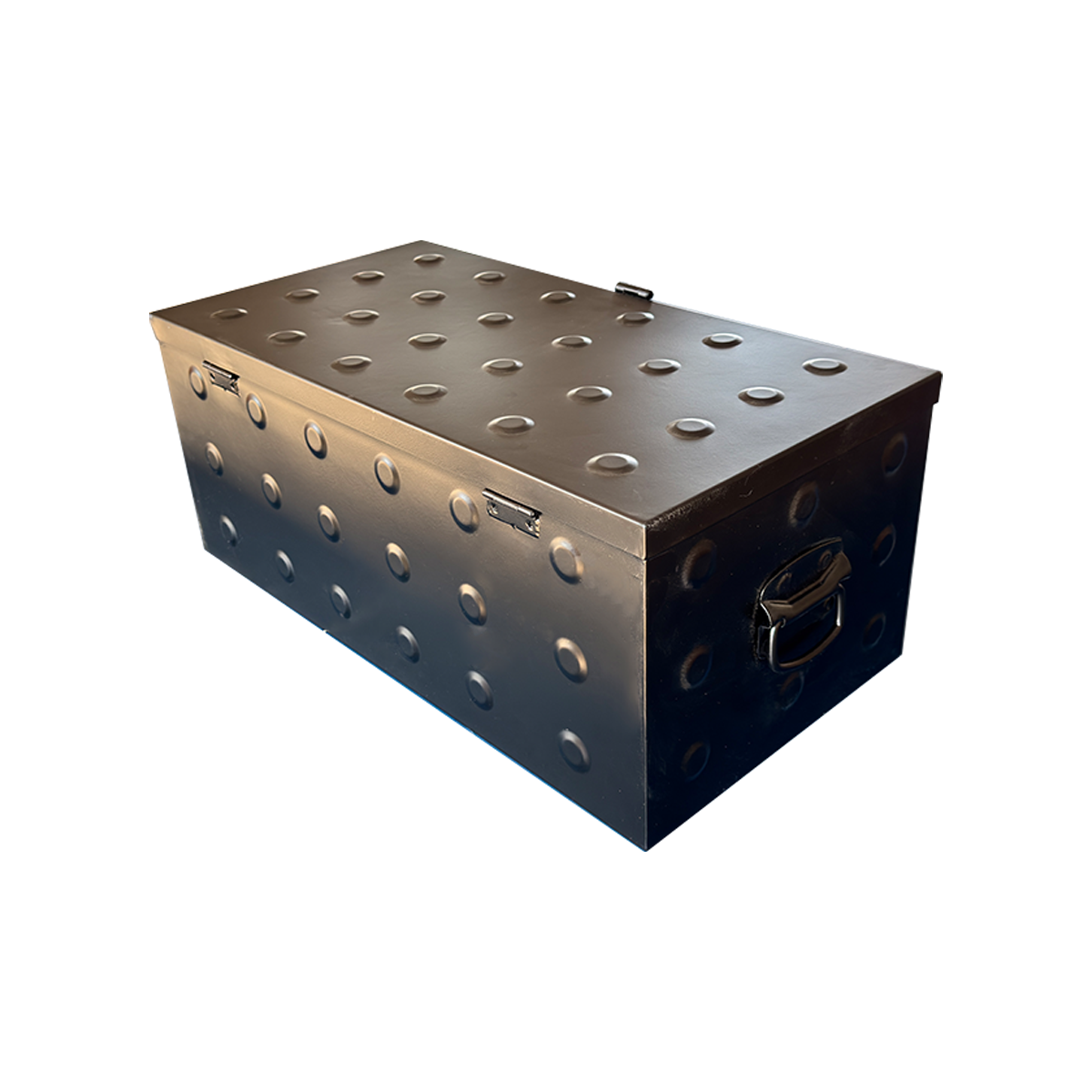Analysis of Manufacturing Process for Sheet Metal Chassis Cabinet
Sheet metal chassis cabinets are widely used in fields such as power, communication, industrial automation, medical equipment, etc. Their manufacturing process directly affects the quality and service life of products. The following is the main manufacturing process of sheet metal chassis cabinets:
1. Design and material selection
The manufacturing of sheet metal chassis cabinets first requires design based on customer needs and usage environment, determining size, structure, and functional requirements. Common materials include cold-rolled steel plate (SPCC), stainless steel (SUS304), aluminum plate, etc. Suitable materials should be selected based on anti-corrosion, load-bearing capacity, and heat dissipation requirements.
2. Laser cutting and stamping forming
According to the design drawings, laser cutting or CNC punching machines are used for material processing.
Laser cutting is suitable for high-precision and diversified sheet metal processing, with smooth incisions and suitable for the manufacturing of complex structural components.
CNC punching machines are suitable for large-scale production, with high efficiency and the ability to complete processes such as punching and grooving.
3. Bending and Welding
Bending is achieved by using a CNC bending machine to bend sheet metal into shape according to design requirements, ensuring precise angles and meeting assembly requirements.
Welding methods such as argon arc welding, carbon dioxide shielded welding, or spot welding are used to connect different components together, ensuring the overall strength and stability of the chassis and cabinet.
4. Surface treatment
In order to enhance the anti-corrosion ability of sheet metal chassis cabinets and improve their aesthetics, surface treatment is required, including:
Spraying (powder coating) improves wear resistance and oxidation resistance, and colors can be customized according to requirements.
Electroplating (zinc/nickel plating) enhances rust resistance and is suitable for outdoor or humid environments.
Wire drawing treatment is mainly used for stainless steel materials to improve visual effects and wear resistance.
5. Assembly and testing
All components are assembled after processing, including the installation of hinges, locks, sealing strips, and internal brackets. Finally, the product needs to undergo strict quality testing, such as:
Dimensional inspection ensures that the chassis and cabinets meet the design standards.
Strength testing verifies the stability of the welding area and overall structure.
Protection testing, such as IP rating testing, ensures that waterproof and dustproof performance meets the requirements.
6. Packaging and Shipping
After completing all tests, the product is packaged and protected with shock-absorbing materials, and logistics transportation is arranged according to customer needs to ensure safe delivery of the product.
epilogue
The manufacturing process of sheet metal chassis cabinets involves multiple stages, and each step is crucial to product quality. With the development of intelligent manufacturing technology, sheet metal processing will become more refined and automated in the future, improving production efficiency while meeting the market's demand for high-precision and high-quality chassis and cabinets.


